The Imperial City of Hue, also known as Hoàng thành Huế in Vietnamese, is a cultural and architectural marvel located in the heart of central Vietnam. This grand complex stands as a relic of the Nguyen Dynasty, the last imperial dynasty of Vietnam, which ruled from 1802 to 1945. Beyond its remarkable architecture, the Imperial City serves as a testament to the political, cultural, and spiritual significance of Vietnam’s imperial past.
Completed in 1833 during the reign of Emperor Minh Mang, the Imperial City of Hue was the culmination of nearly three decades of construction, modification, and expansion. Its grandeur reflects the vision and ambition of the Nguyen emperors, especially Emperor Gia Long, who initiated the project in 1804, and Emperor Minh Mang, who oversaw its completion and made substantial contributions to its design and functionality.
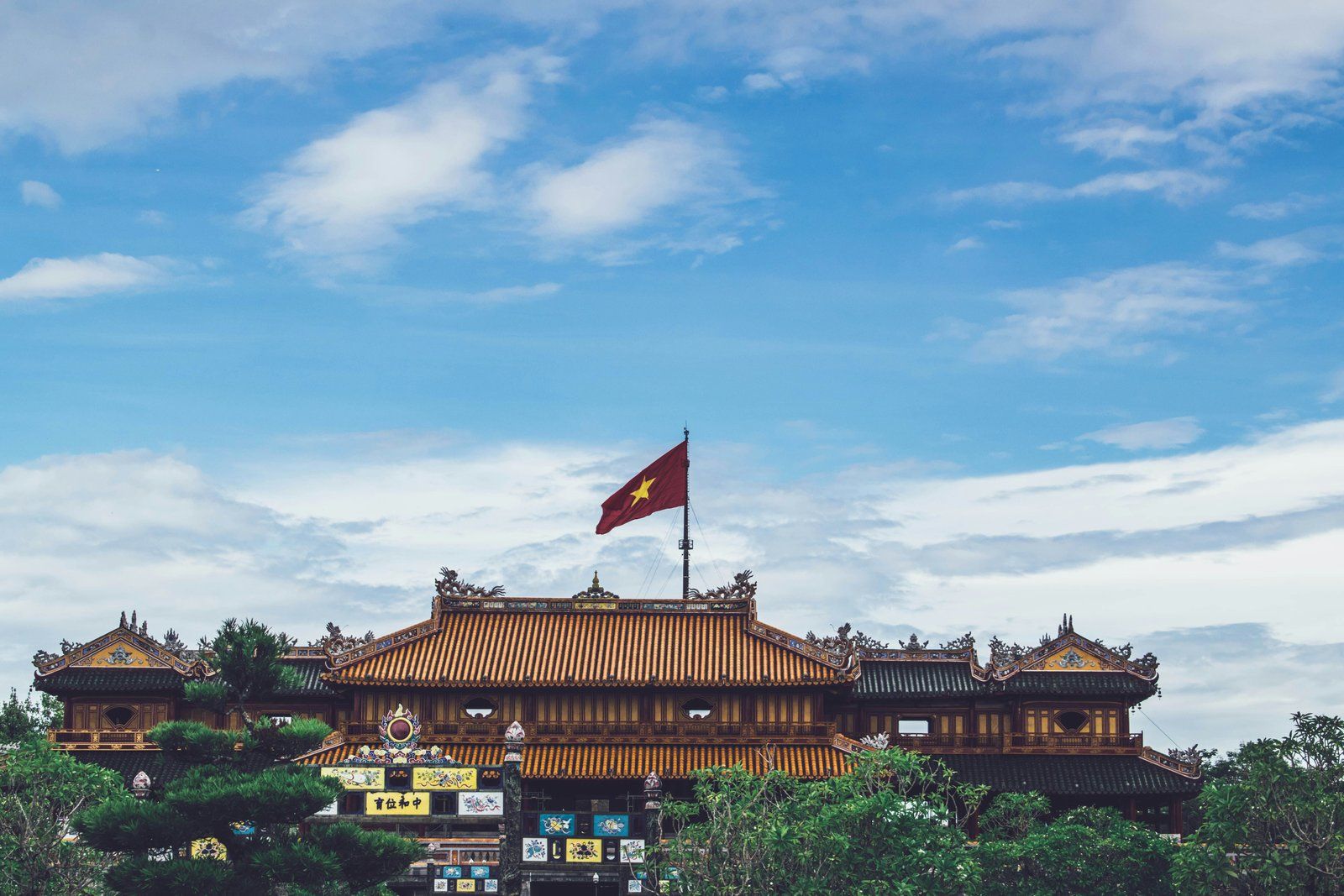
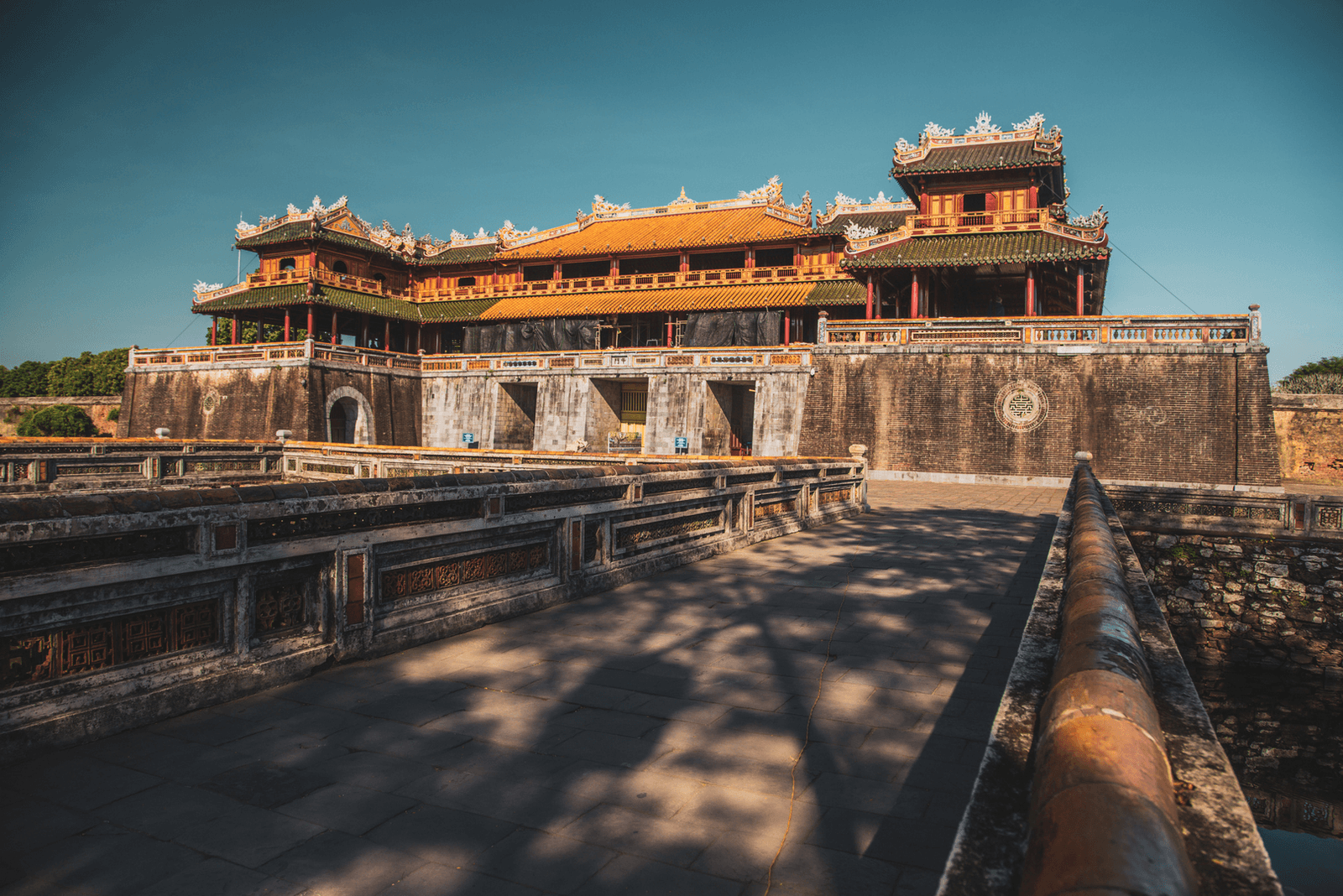
Historical Background
Hue’s significance began in the early 19th century when it became the capital of Vietnam under Emperor Gia Long. The emperor, after unifying the country, sought to create a new imperial capital to reflect the grandeur of the Nguyen Dynasty. He chose Hue, located strategically near the Perfume River, as the new capital, ensuring that the city would symbolize both the power of the emperor and the spiritual significance of the region.
The city’s location was not chosen at random. Geomancy (feng shui) played an important role in the selection, and Hue was thought to be a place where the forces of nature and the spiritual world could converge harmoniously. It was believed that the river and surrounding mountains created a balance of energies, making it an ideal location for the imperial capital.
Construction of the Imperial City began in 1804 and continued for many years, with various emperors adding new buildings and expanding the city throughout the 19th century. Hue remained the capital of Vietnam for over a century, even after the Nguyen Dynasty’s rule came to an end in 1945. The last emperor, Bao Dai, abdicated under pressure from the Viet Minh, marking the end of the imperial system.
Over the years, Hue experienced periods of turmoil, especially during the Vietnam War, when much of the city was severely damaged. However, its historical and cultural significance was never lost. In 1993, the Imperial City was inscribed as a UNESCO World Heritage Site, ensuring that its legacy would be preserved for future generations.
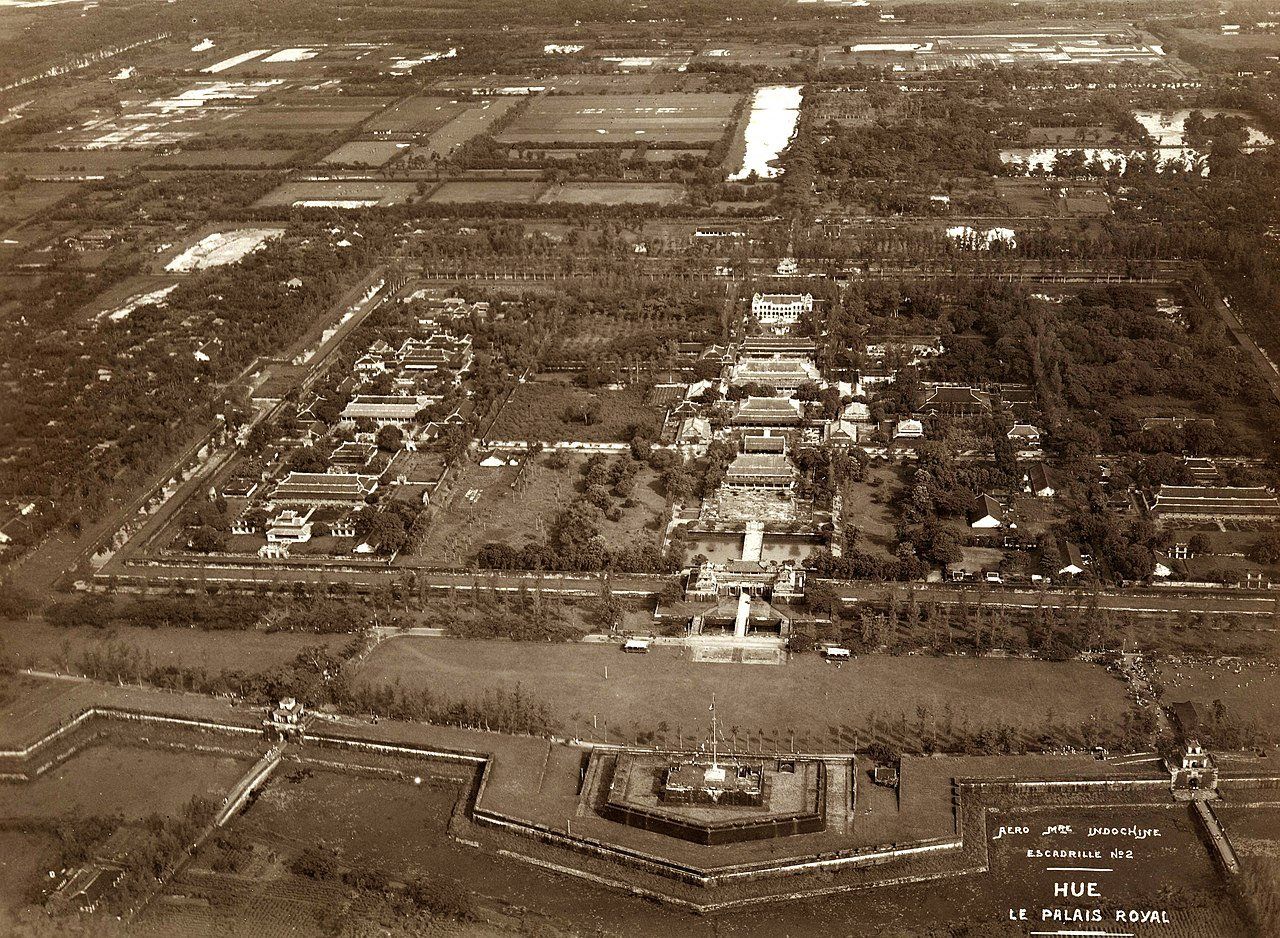
Architectural Marvels of the Imperial City
The architecture of Hue is a seamless blend of Vietnamese traditions, Chinese influences, and the imperial grandeur of the Nguyen Dynasty. The city’s layout was designed to reflect the Confucian values of order, harmony, and hierarchy. Its architectural features are a testament to the ingenuity of the time and the artistic vision of the Nguyen emperors.

(The Complete Geography of the Great Southern Dynasty).
1. The Citadel (Kinh Thanh)
The Citadel, or Kinh Thanh, is the outermost defensive structure of the Imperial City. It is a massive complex that stretches over 2.5 square kilometers, surrounded by a large moat and high stone walls. The Citadel’s walls, constructed with thick stone and brick, are up to 2 meters thick and nearly 10 kilometers long. This fortification was built to protect the royal family and their court from any external threats.
Access to the Citadel was limited, and only high-ranking officials or those invited by the emperor were allowed inside. The walls are punctuated by ten gates, each with a distinct purpose. The most important gate is the Ngo Mon Gate (Noon Gate), which served as the primary entrance to the Imperial City. This gate is a stunning example of traditional Vietnamese architecture, with its five-tiered structure and intricate carvings.
Inside the Citadel, visitors are greeted with the sight of the Imperial Enclosure, a smaller area within the complex that was reserved for the emperor’s residence and official state matters.
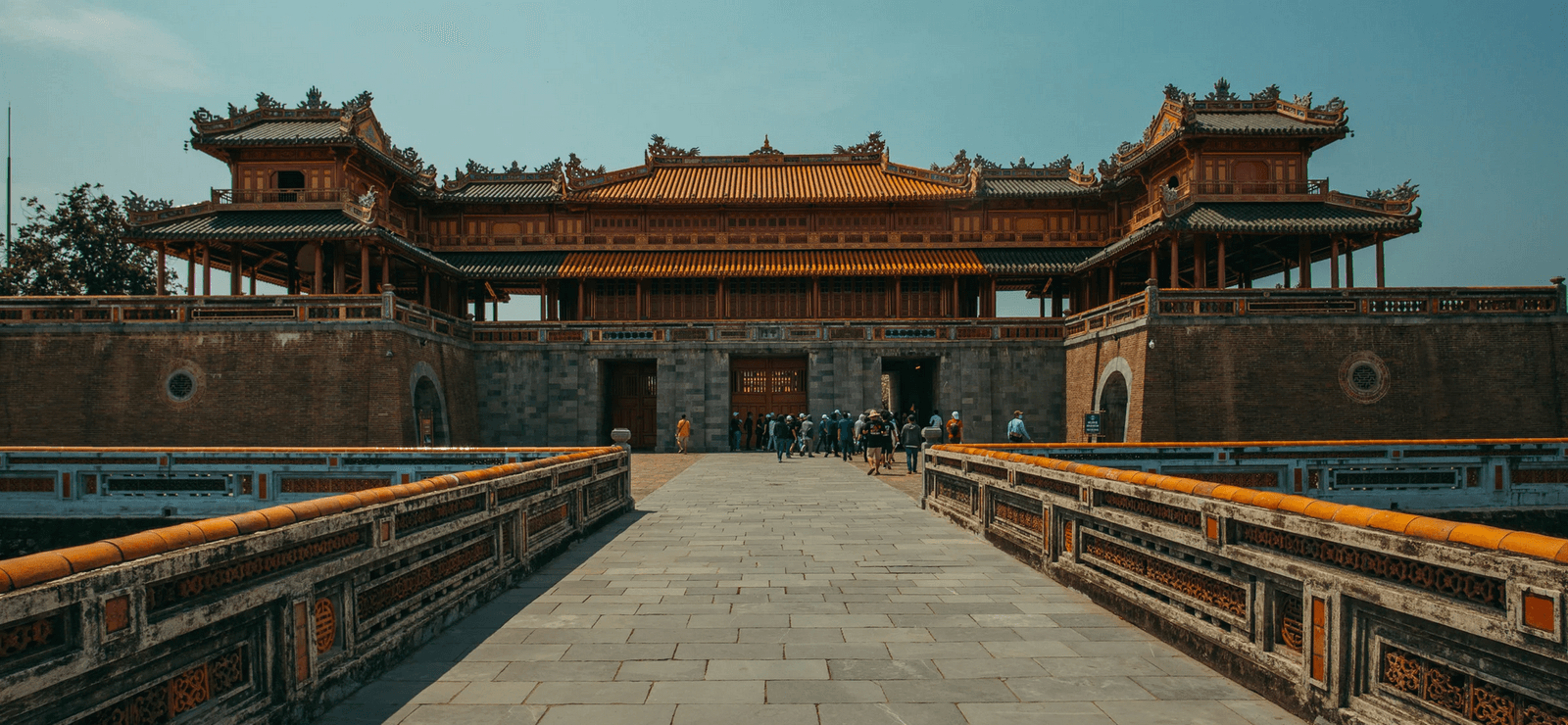
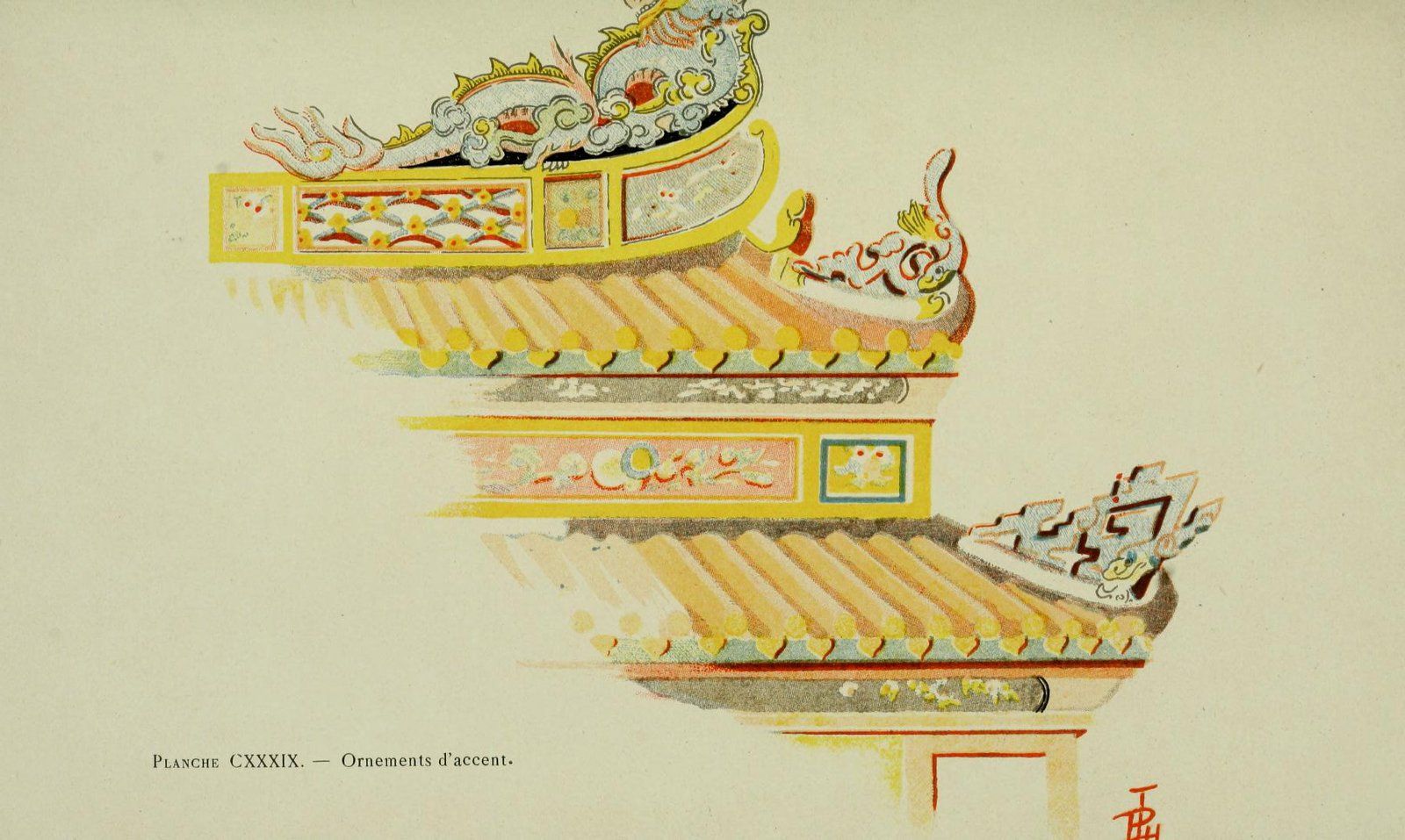
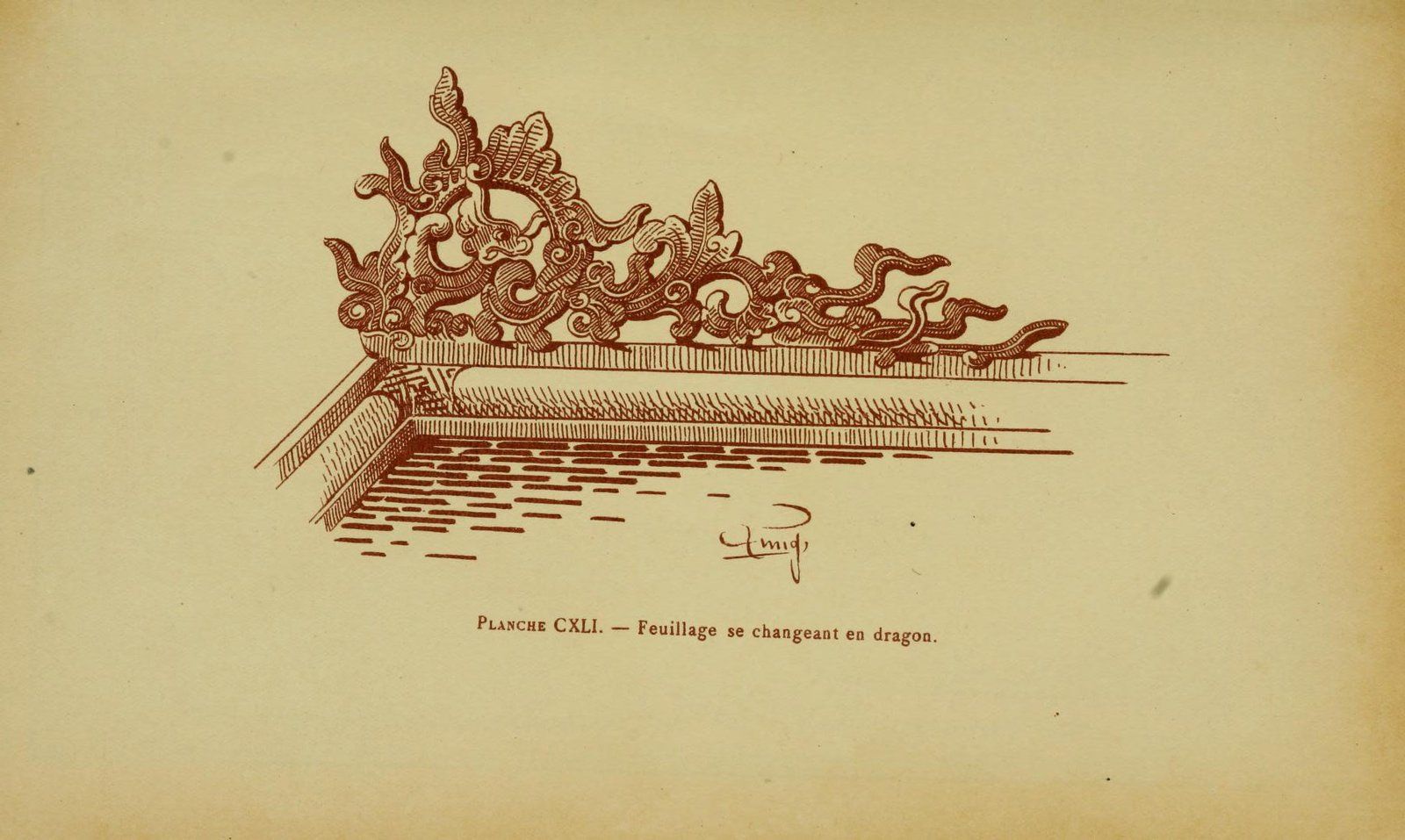
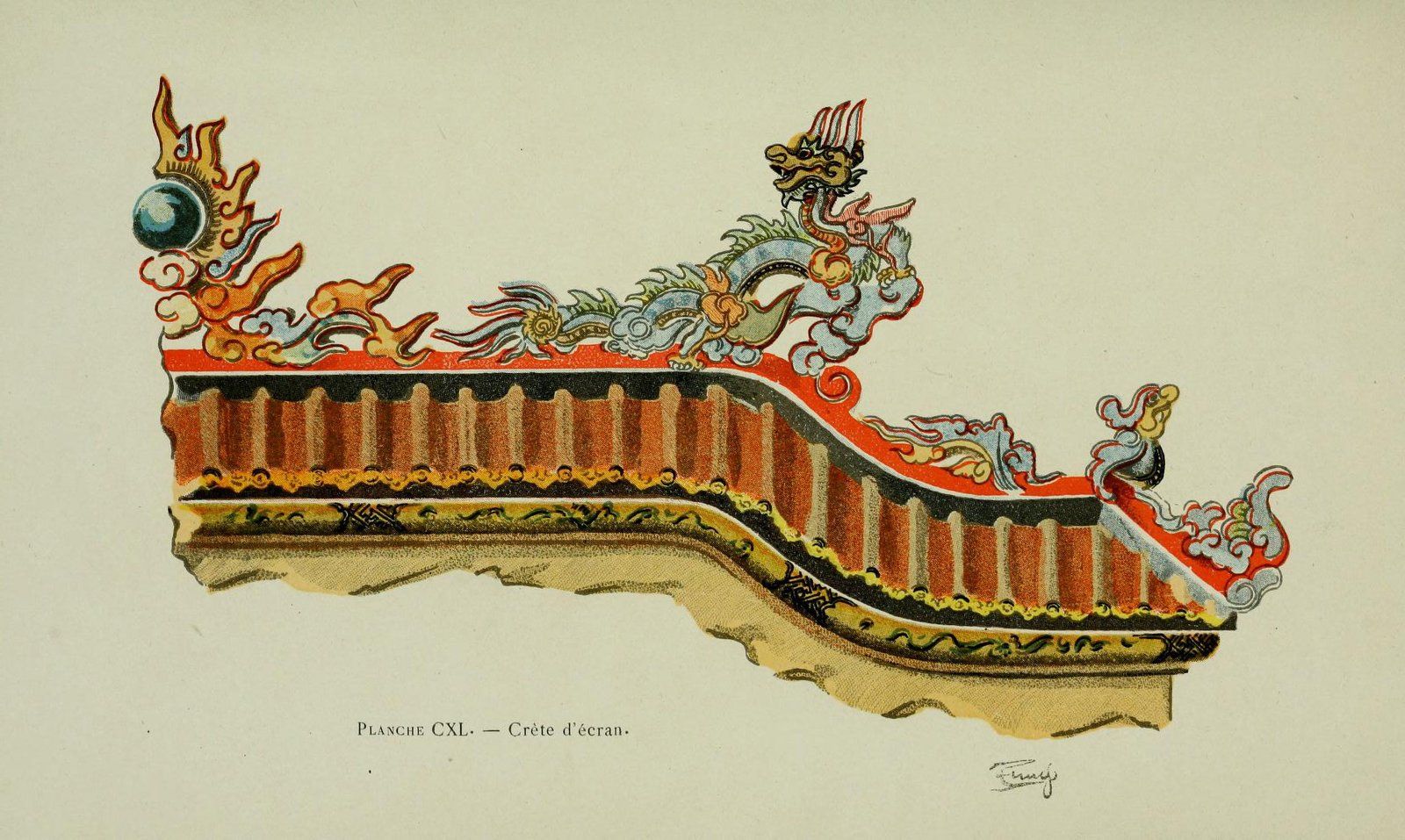
The roof motifs in the Imperial City of Hue feature intricate and symbolic designs, reflecting the cultural and architectural grandeur of the Nguyễn Dynasty. Common motifs include:
- Dragons: A symbol of imperial power and authority, often depicted in a dynamic, swirling form, with dragons frequently seen on the ridges of the roof or integrated into the decorative elements.
- Phoenixes: Representing the empress and feminine power, the phoenix is often paired with the dragon to symbolize the balance of male and female forces in imperial life.
- Clouds and Waves: These motifs are used to create a sense of grandeur and movement, enhancing the spiritual and symbolic nature of the architecture.
- Lotus Flowers: A symbol of purity and beauty, frequently seen on roof tiles or surrounding architectural elements.
- Tortoises and Snakes: These creatures, often featured in the roof decorations or surrounding sculptures, symbolize longevity and protection.
These decorative motifs, combined with the vibrant colors and unique tilework, contribute to the visual richness and cultural significance of the structures within the Imperial City.
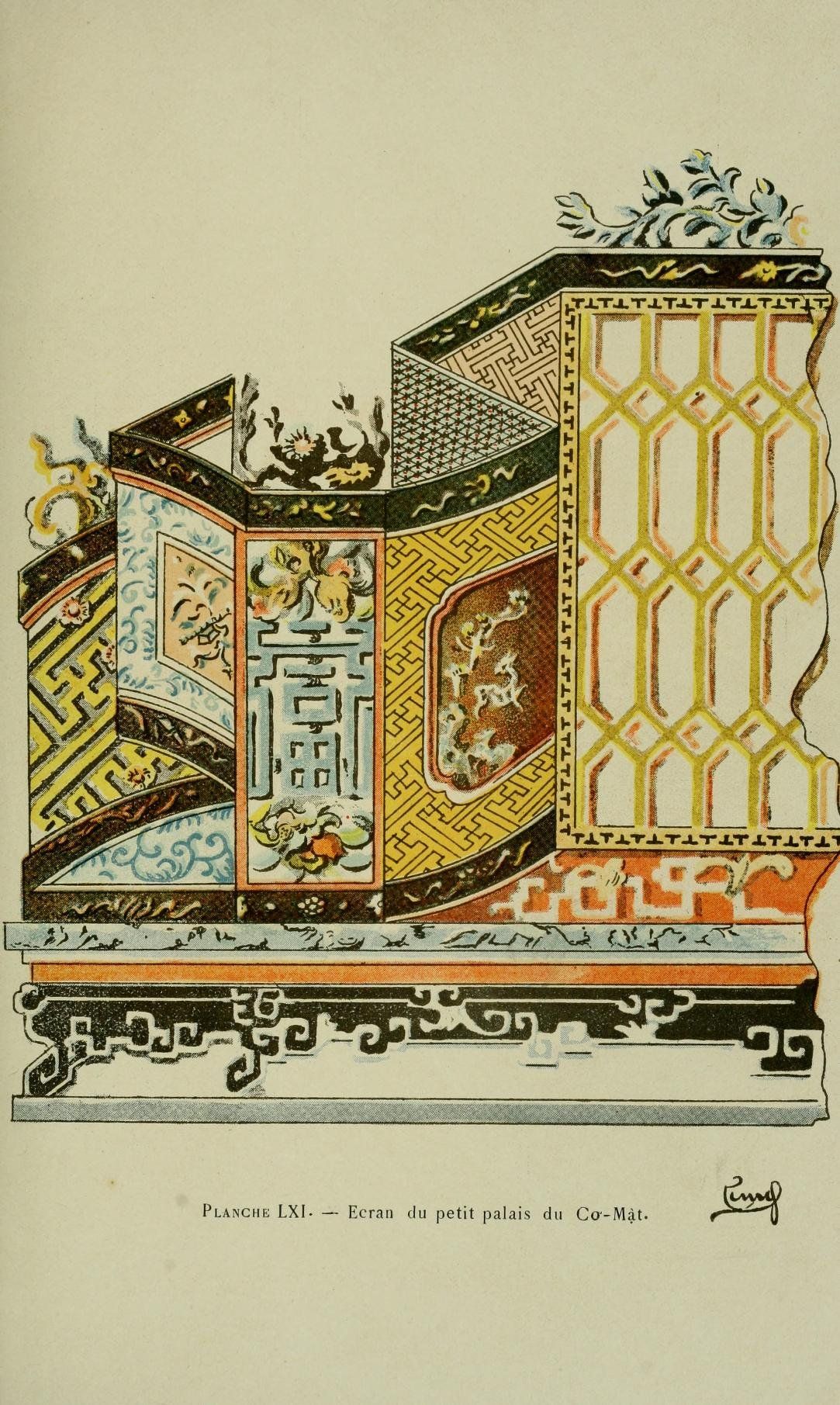
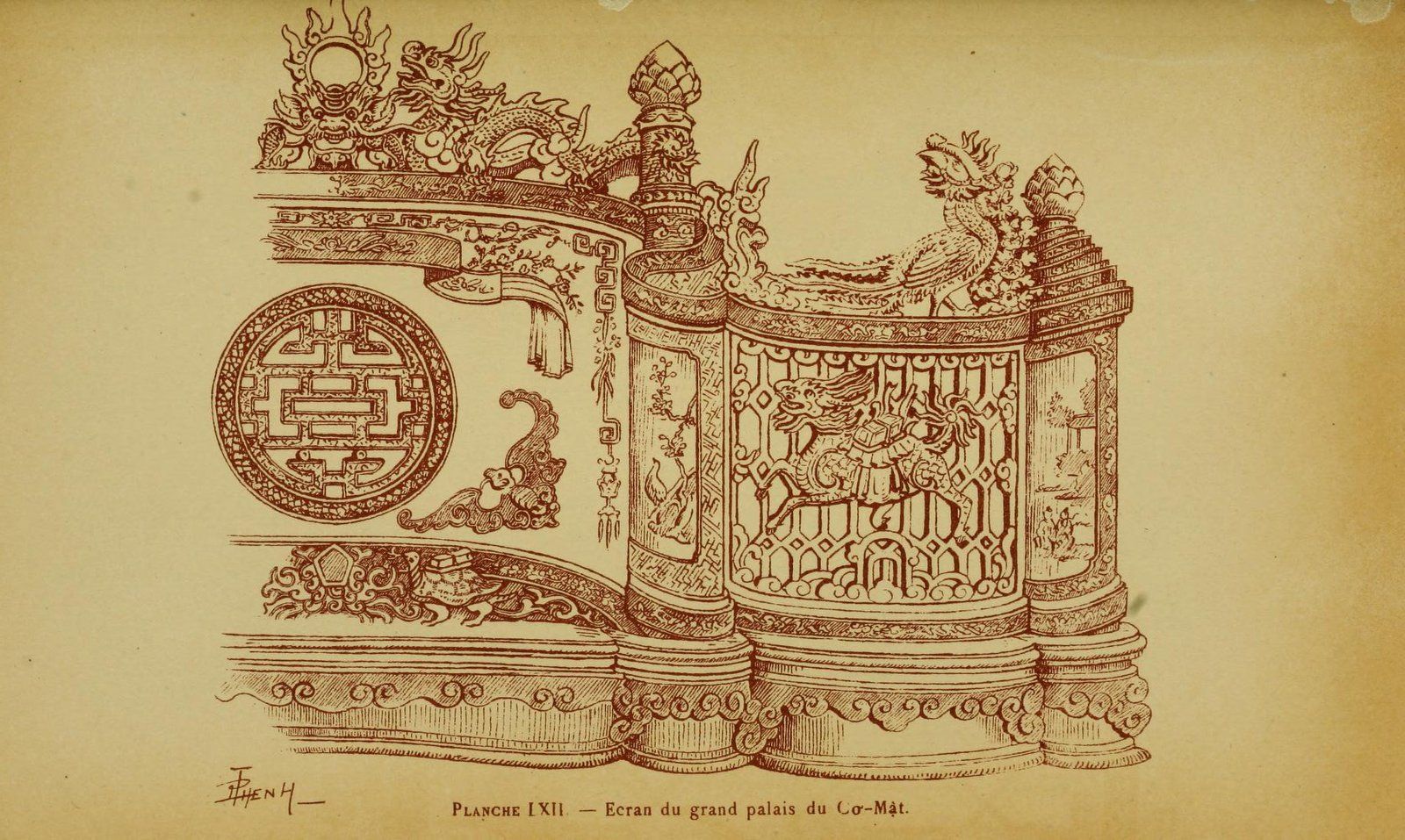
2. The Imperial Enclosure (Hoang Thanh)
Within the Citadel lies the Imperial Enclosure (Hoang Thanh), a more refined space dedicated to the emperor’s court and administration. The Imperial Enclosure houses several significant buildings, including palaces, temples, and administrative offices. The layout of this area is highly symbolic, with each building and space representing a specific function in the imperial governance system.
The Thai Hoa Palace (Palace of Supreme Harmony) is one of the most notable buildings in the Imperial Enclosure. It served as the main hall for official ceremonies, where the emperor would meet with his ministers and officials. The architecture of the Thai Hoa Palace is exemplary, with its red lacquered columns, golden details, and intricate dragon motifs symbolizing the emperor’s divine right to rule.
Surrounding the Thai Hoa Palace are other important structures, including the Hall of the Mandarins, which was used for meetings with imperial officials, and the various living quarters for the royal family.
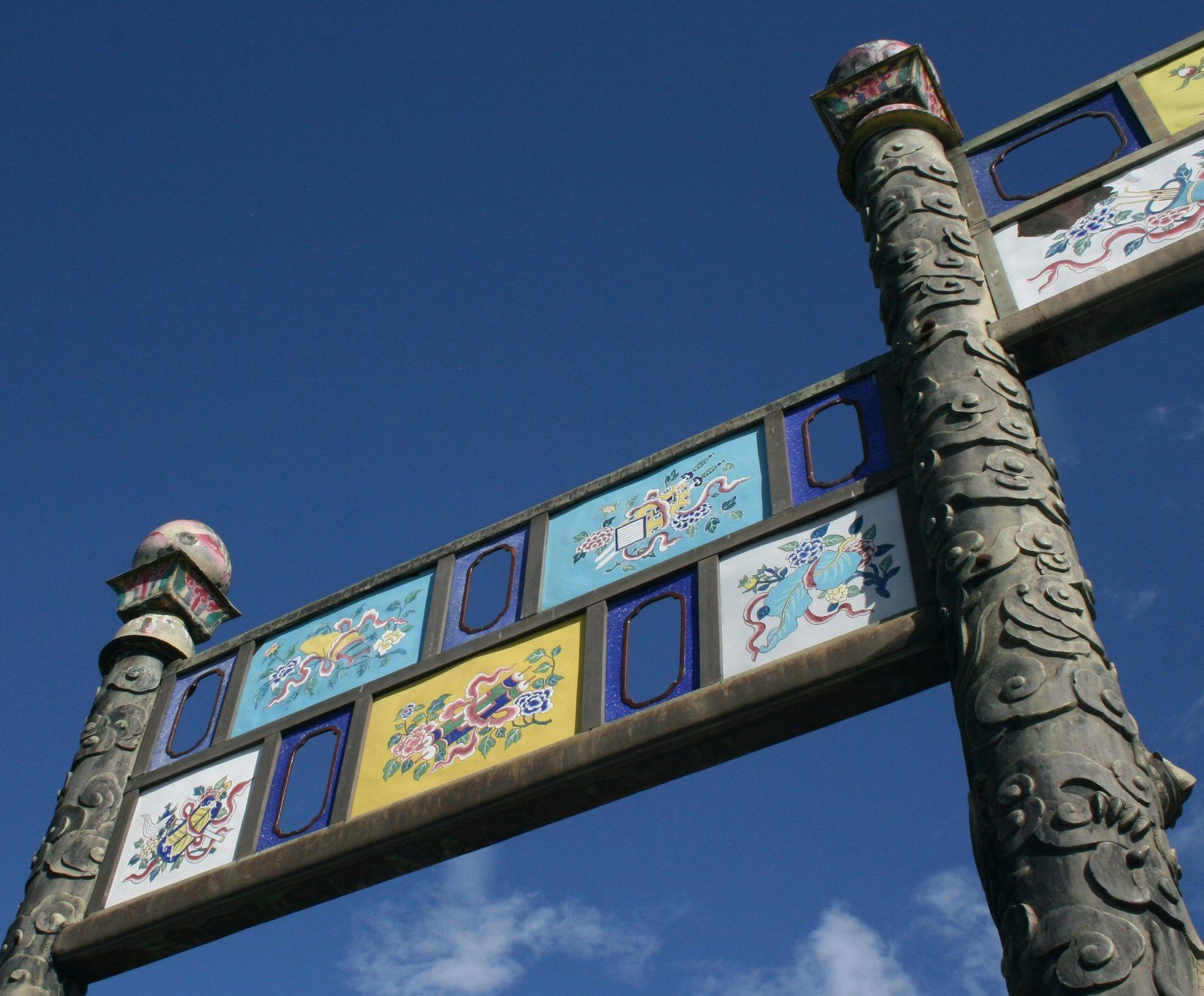
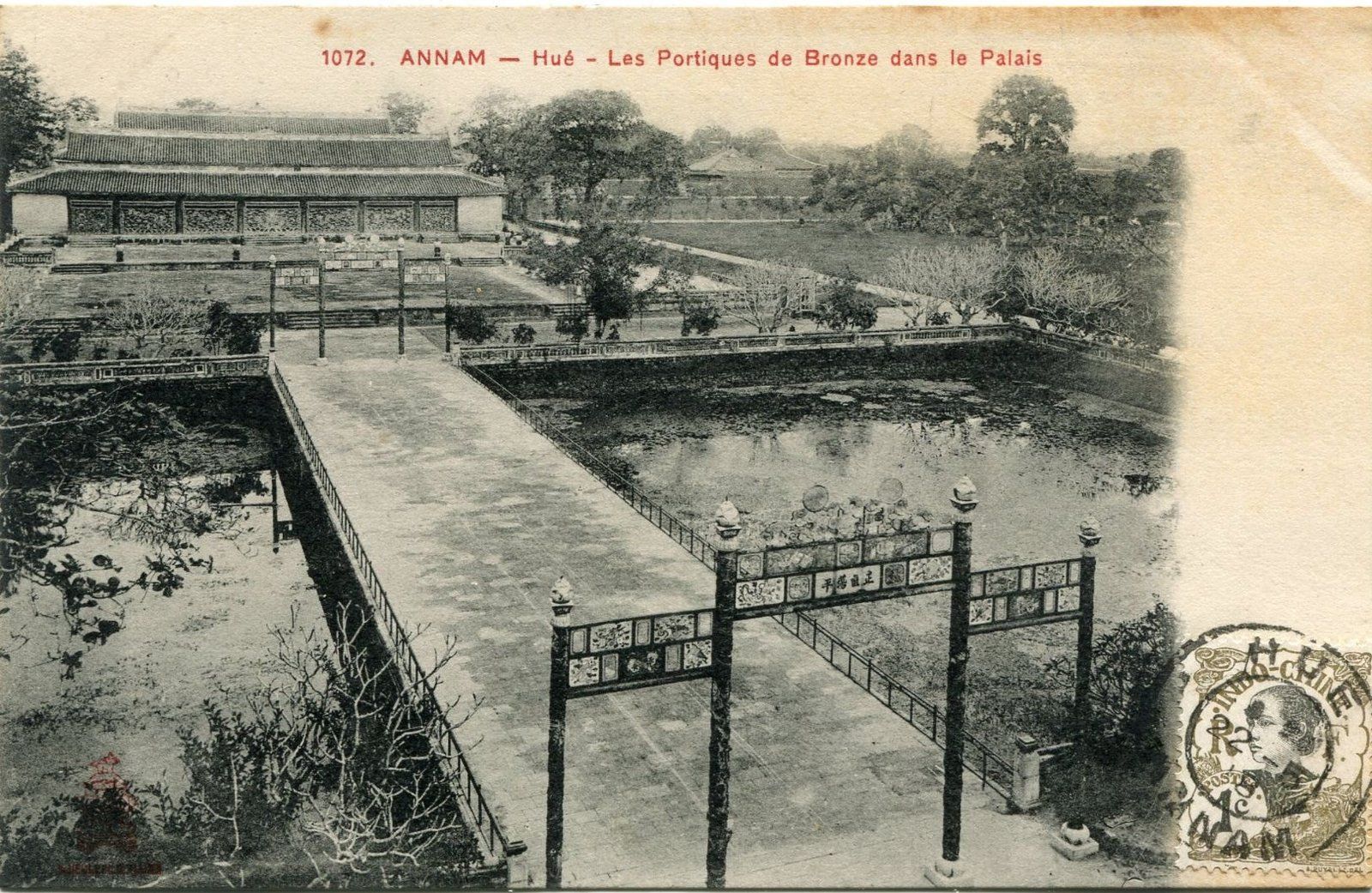
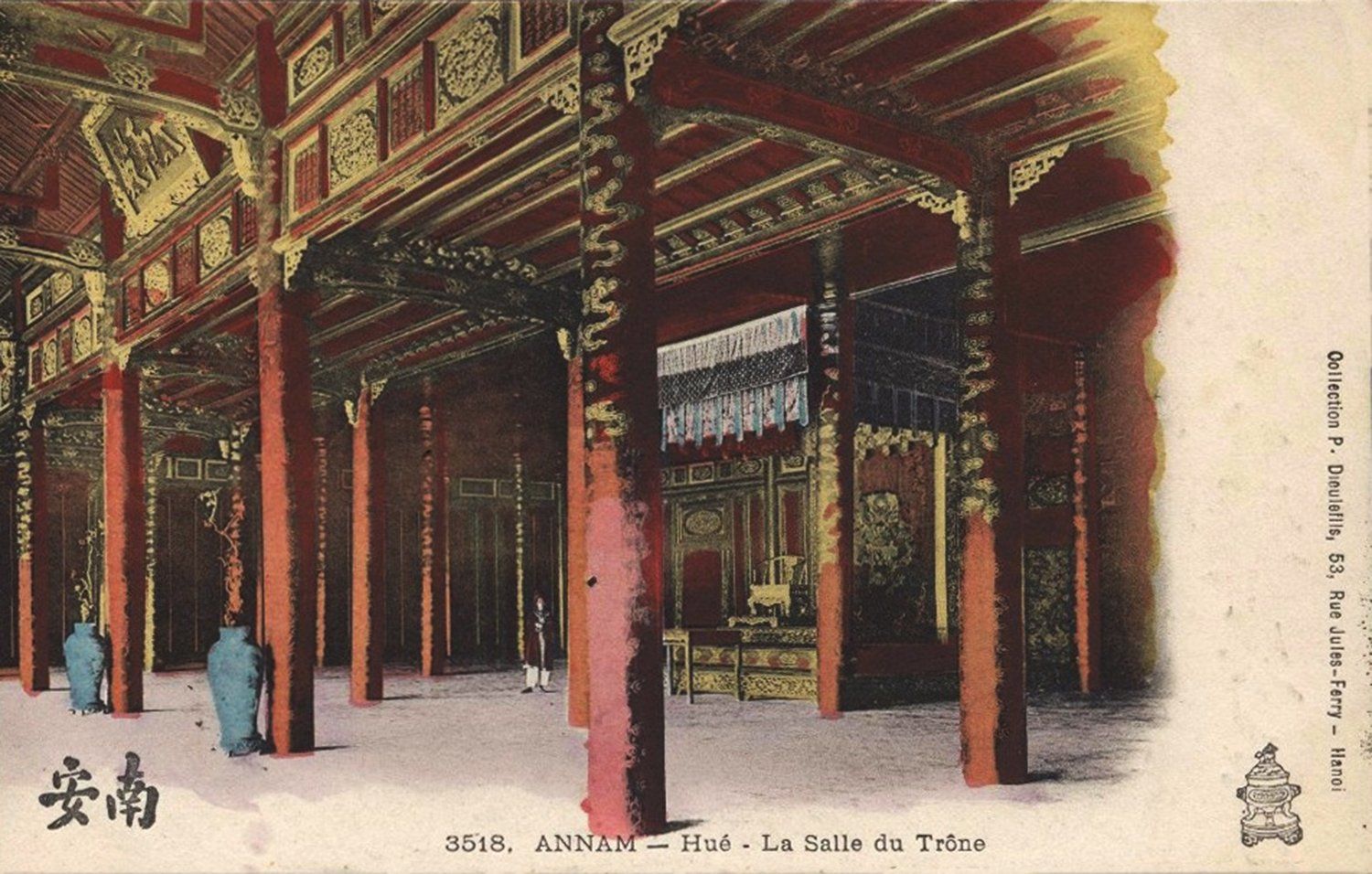
3. The Forbidden Purple City (Tu Cam Thanh)
At the heart of the Imperial Enclosure is the Forbidden Purple City, the private area where the emperor, his family, and a select group of officials lived. This part of the complex was meant to be secluded and inaccessible to ordinary citizens. Only those with the highest rank, such as the emperor’s eunuchs and concubines, were allowed inside.
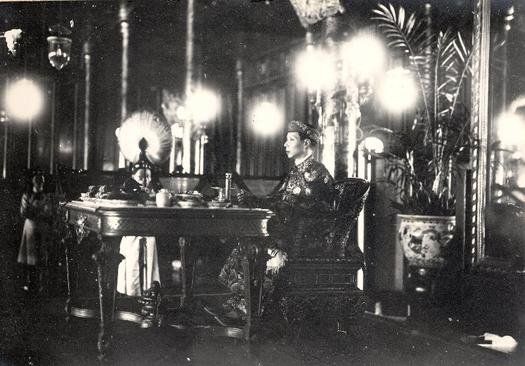
The Forbidden Purple City is a smaller, more intimate area compared to the Imperial Enclosure, but it was equally impressive in its design. It featured private palaces, gardens, and temples, all laid out in a manner that adhered to strict Confucian principles. The space was highly protected, with guards stationed at every entrance and passage.
Unfortunately, much of the Forbidden Purple City was destroyed during the Vietnam War, and only a few buildings and remnants remain today. However, restoration efforts are underway to reconstruct the area and bring back some of its former splendor.
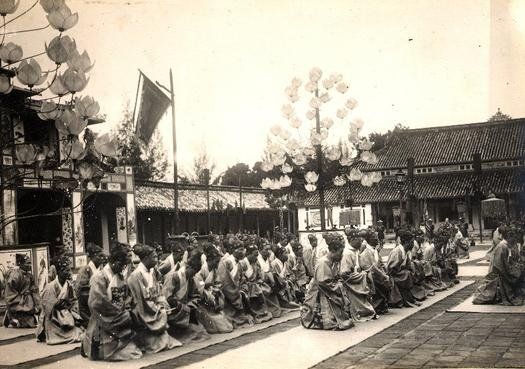
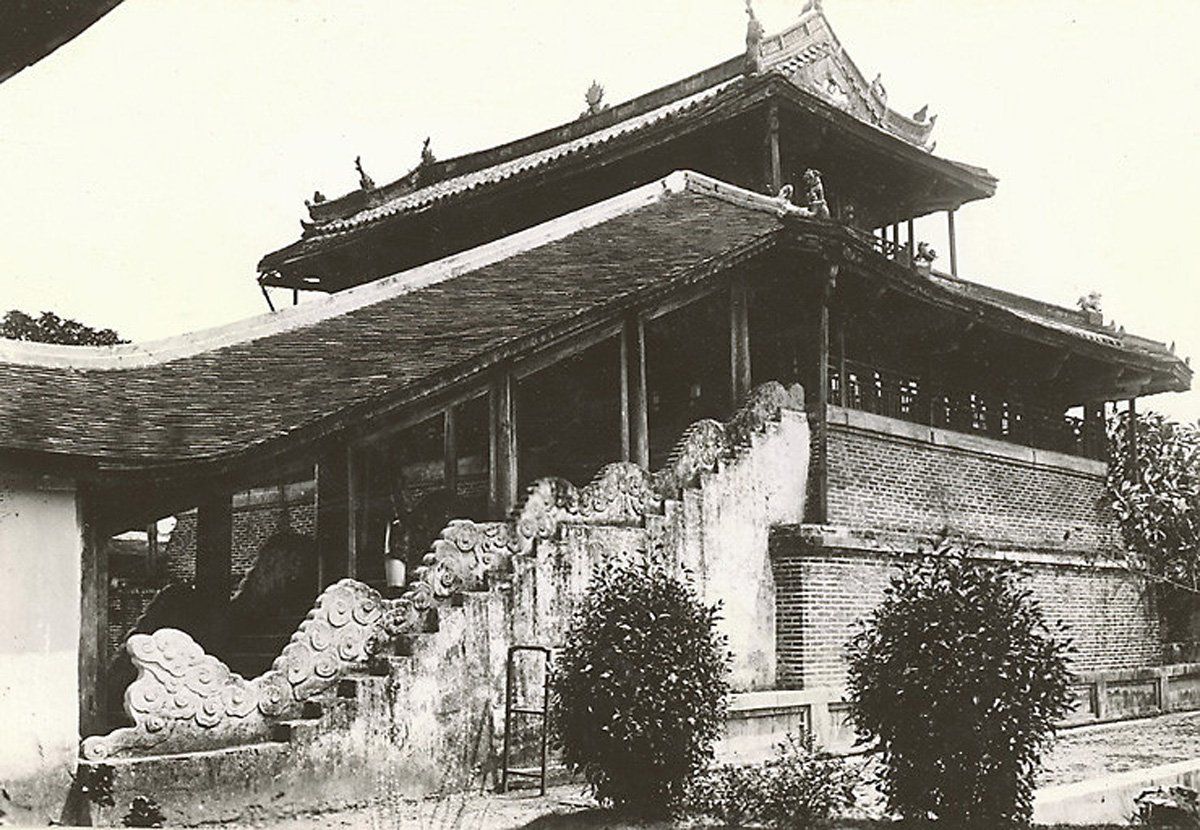

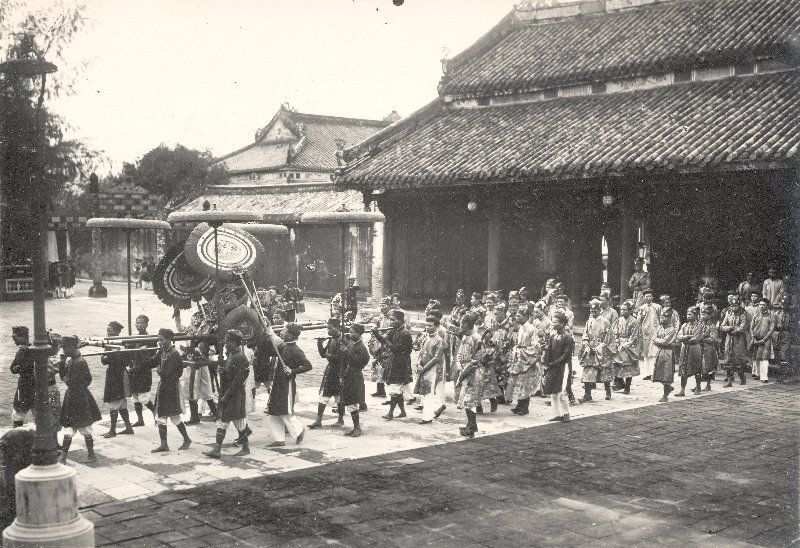
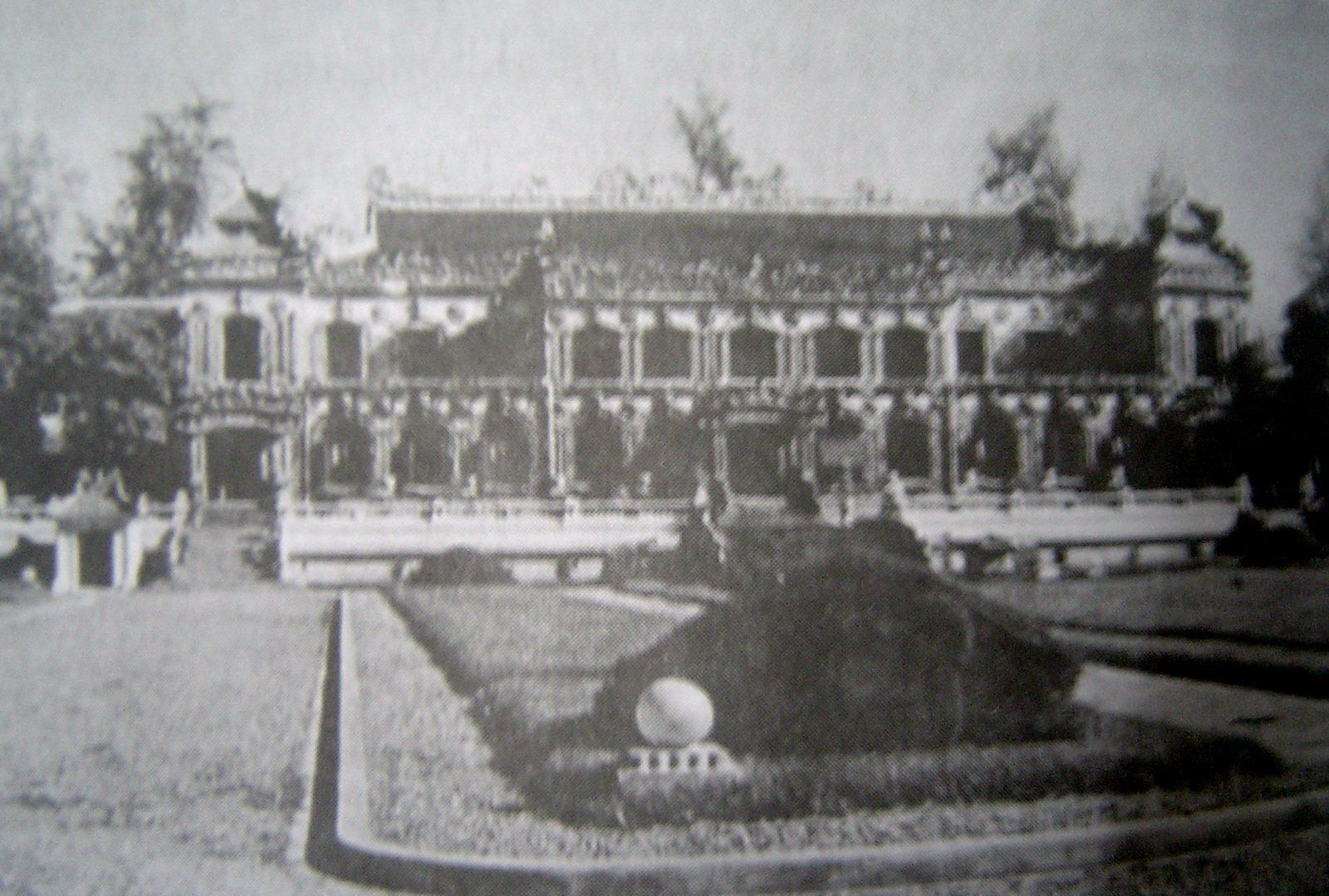
4. Temples and Pagodas
In addition to the palaces and administrative buildings, the Imperial City is home to several important religious structures. The Nguyen emperors, who were deeply influenced by Confucianism, Taoism, and Buddhism, built temples and shrines within the complex to honor their ancestors and the gods they believed in.
One of the most important religious sites in the Imperial City is the The Temple, which is dedicated to the ancestors of the Nguyen Dynasty. This temple houses the memorial tablets of the emperors and their families, offering a place for the living to pay their respects to their forebears. The architecture of the The To Temple is distinctive, with its elegant wooden beams, stone statues, and colorful decorations.
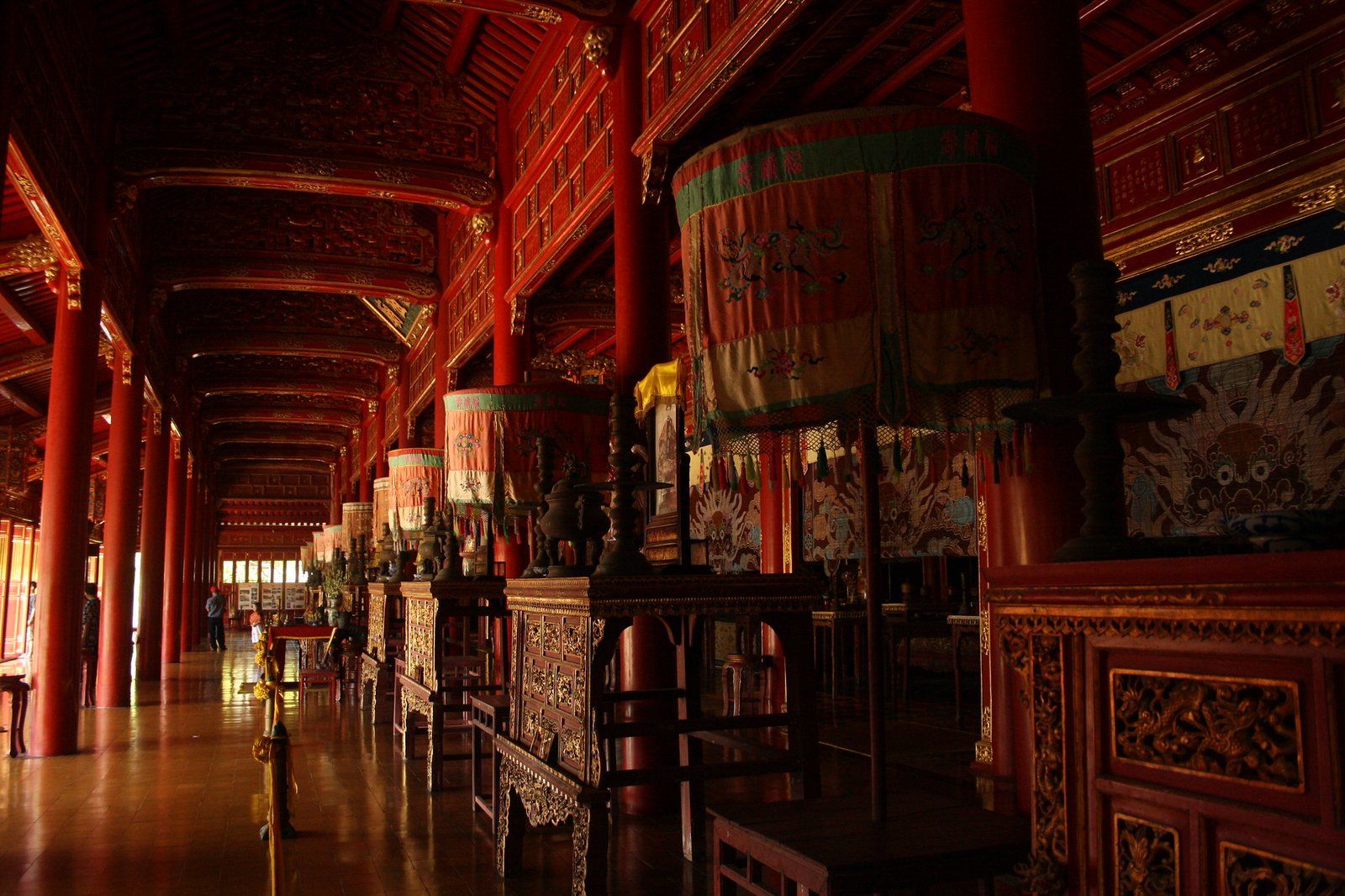
Another notable religious site is the Hien Lam Pavilion, which houses the royal ancestral tablets. This three-story structure is beautifully decorated with intricate carvings of dragons, phoenixes, and other symbols of imperial power. The Nine Dynastic Urns, a set of large bronze urns placed near the Hien Lam Pavilion, stand as a tribute to the Nguyen emperors and their power.
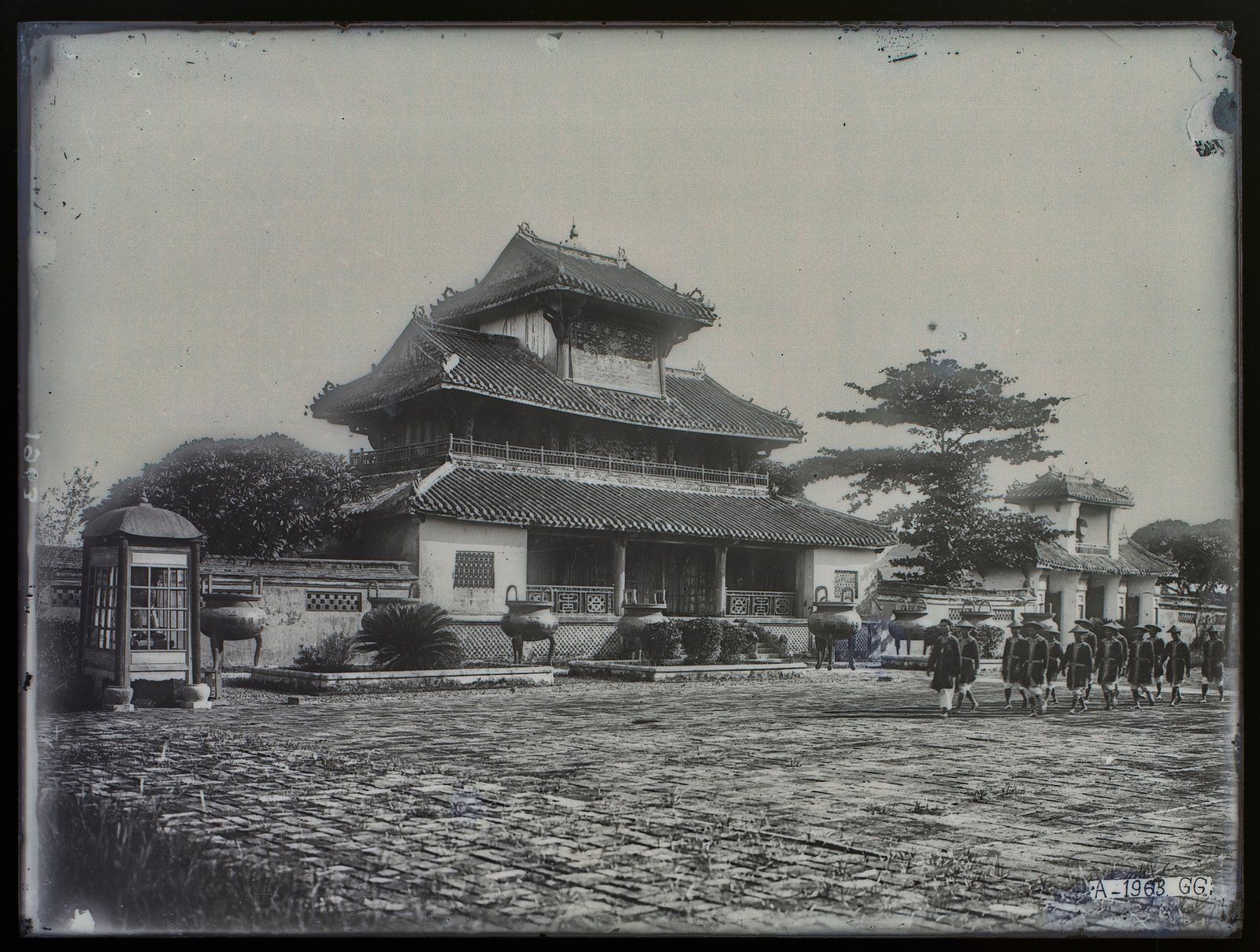
Cultural Significance of the Imperial City
The Imperial City of Hue is not just an architectural wonder; it is a cultural and spiritual heart of Vietnam. The Nguyen emperors actively promoted the arts, literature, and traditional Vietnamese culture, making the city a center of learning and artistic achievement.
1. Court Music and Performing Arts
One of the most celebrated cultural legacies of Hue is its traditional court music, or “Nhã Nhạc.” This art form was developed and performed at the Imperial Court during the Nguyen Dynasty and reflects the aesthetic principles of harmony and balance. Nhã Nhạc combines both instrumental and vocal elements, with performances typically accompanied by dancers and elaborate costumes.
In 2003, UNESCO recognized Nhã Nhạc as an Intangible Cultural Heritage of Humanity. This recognition helped to preserve and revitalize the music, ensuring its place in Vietnam’s cultural legacy. Today, visitors to Hue can attend performances of Nhã Nhạc at the royal palace grounds or at the Hue Traditional Arts Theater.
2. Literature and Scholarship
The Nguyen emperors were also patrons of literature and scholarship, and Hue became a center for Confucian learning. The city was home to many renowned scholars, poets, and artists who contributed to the development of Vietnamese literature. The Imperial City housed a royal library and various academies where scholars were trained in Confucian philosophy, history, and poetry.
One of the most notable works produced during the Nguyen Dynasty was the “Gia Long Chronicles,” which documented the history of the dynasty and the reign of Emperor Gia Long. These chronicles remain an essential historical resource, shedding light on the political, social, and cultural life of the time.
3. Religious and Spiritual Legacy
Hue’s role as a spiritual center cannot be overstated. Confucianism, Taoism, and Buddhism were practiced side by side, with the emperors promoting harmony between these different religious traditions. The presence of temples, pagodas, and shrines within the Imperial City speaks to the deep spiritual life of the Nguyen court.
The emperor’s role as the “Son of Heaven” was closely tied to religious belief. He was expected to maintain cosmic harmony and protect the nation’s spiritual well-being. This is reflected in the numerous rituals, ceremonies, and festivals held within the Imperial City, many of which were dedicated to the gods, ancestors, and the emperor himself.
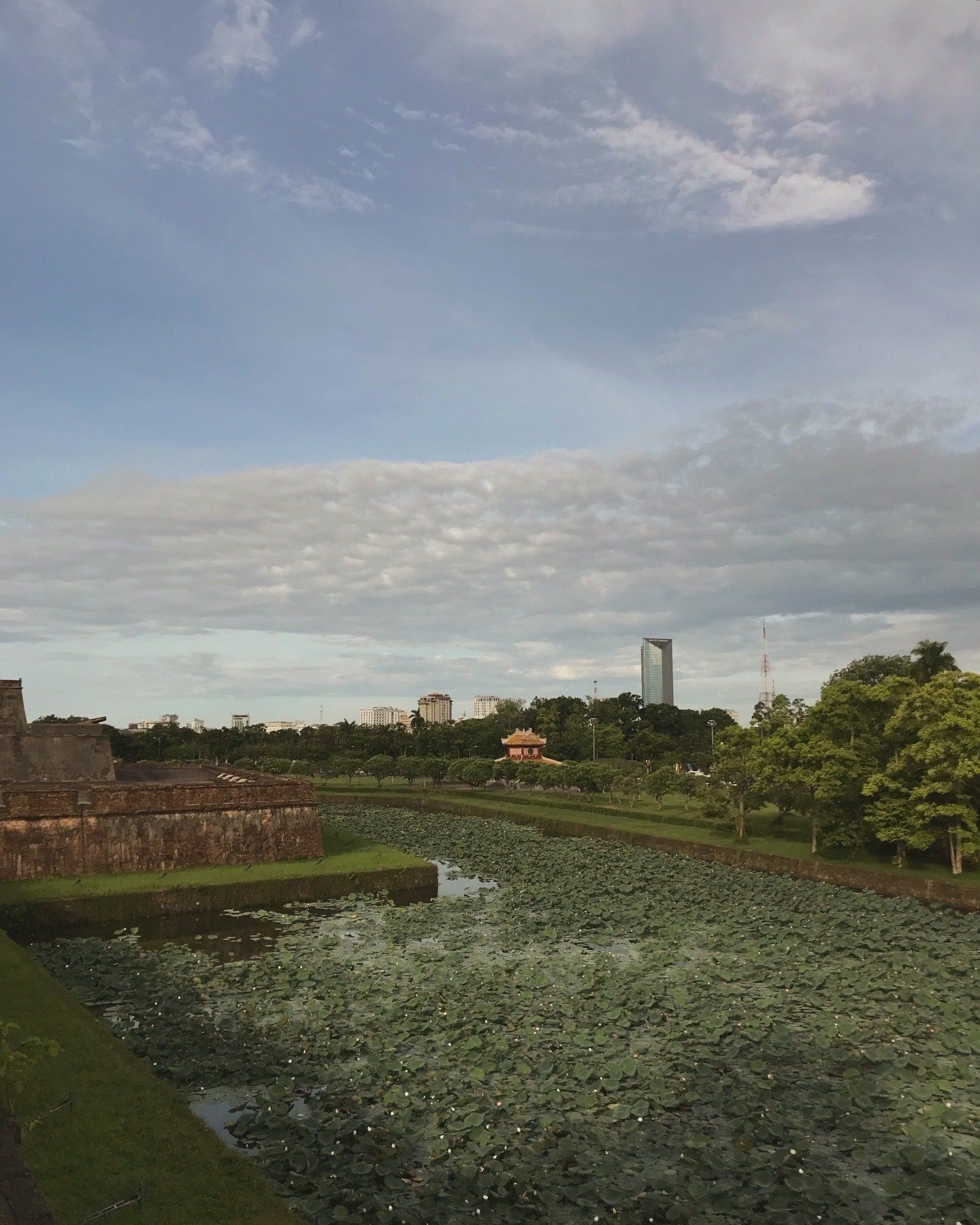
Preservation and Challenges
The Imperial City has faced significant challenges throughout its history, most notably during the Vietnam War. The city was heavily damaged during the Battle of Hue in 1968, when intense fighting between the North Vietnamese Army and U.S. forces led to the destruction of many buildings and cultural treasures.
In the years following the war, efforts to restore and preserve the Imperial City began. The Vietnamese government, with the help of international organizations, has worked tirelessly to protect and restore the site. Key restoration projects have focused on rebuilding important structures like the Thai Hoa Palace, the Ngo Mon Gate, and various temples and shrines.
Despite these challenges, the Imperial City remains a symbol of Vietnamese resilience and a testament to the enduring cultural heritage of the Nguyen Dynasty.
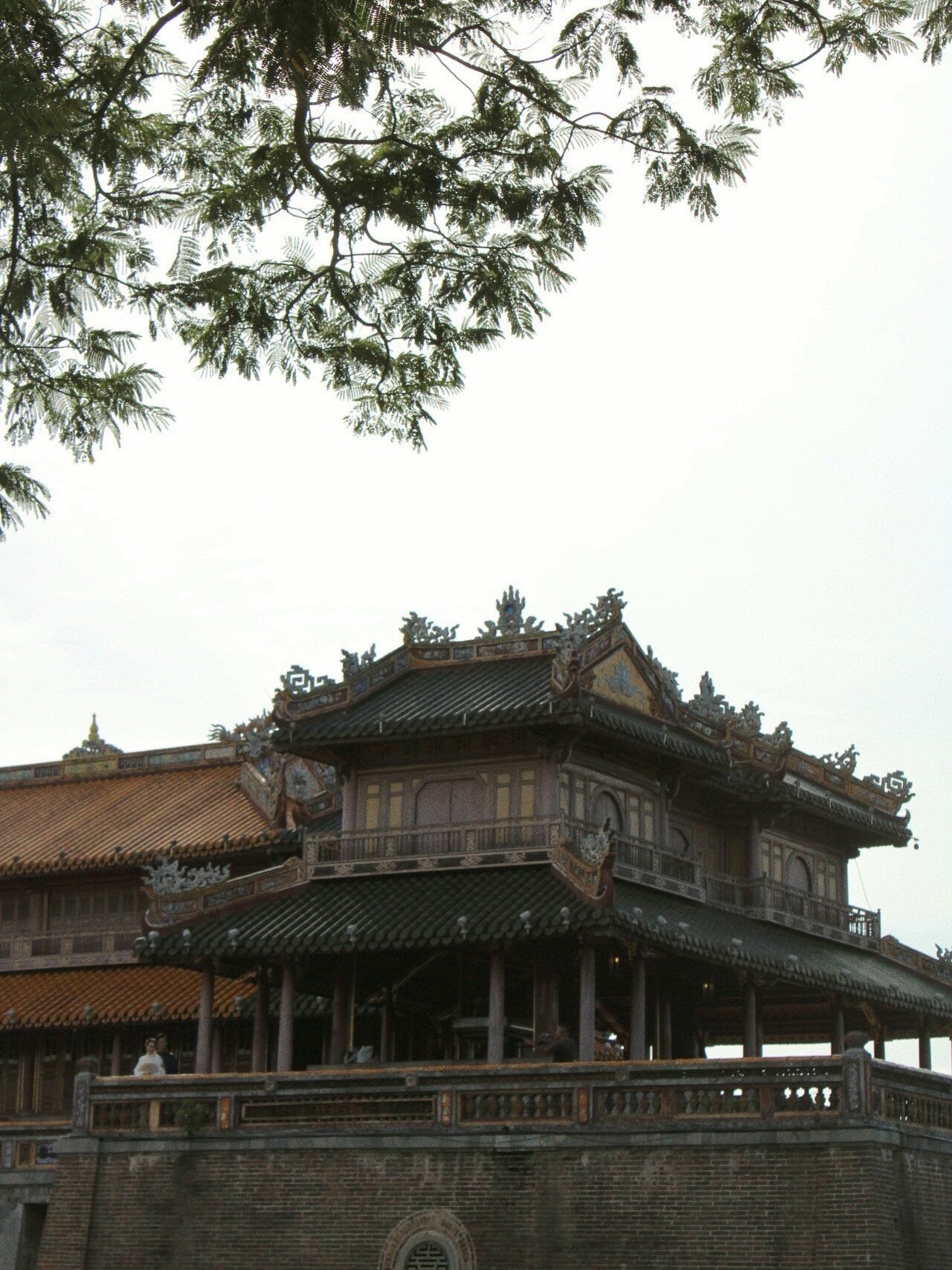
The Imperial City of Hue is a captivating blend of history, architecture, culture, and spirituality. It stands as a monumental reminder of the grandeur and cultural achievements of the Nguyen Dynasty, offering visitors a glimpse into a bygone era of royal splendor. From its imposing Citadel to its tranquil temples and palaces, Hue continues to captivate and inspire all who venture through its gates.
As a UNESCO World Heritage Site, the preservation of the Imperial City is essential not only for Vietnam but for the world. Through ongoing restoration efforts, Hue will continue to shine as a beacon of Vietnam’s rich history and cultural legacy. For anyone with an interest in Vietnamese history, architecture, or culture, the Imperial City of Hue is a must-see destination—a place where the past meets the present in a timeless celebration of beauty and tradition.
Read more
